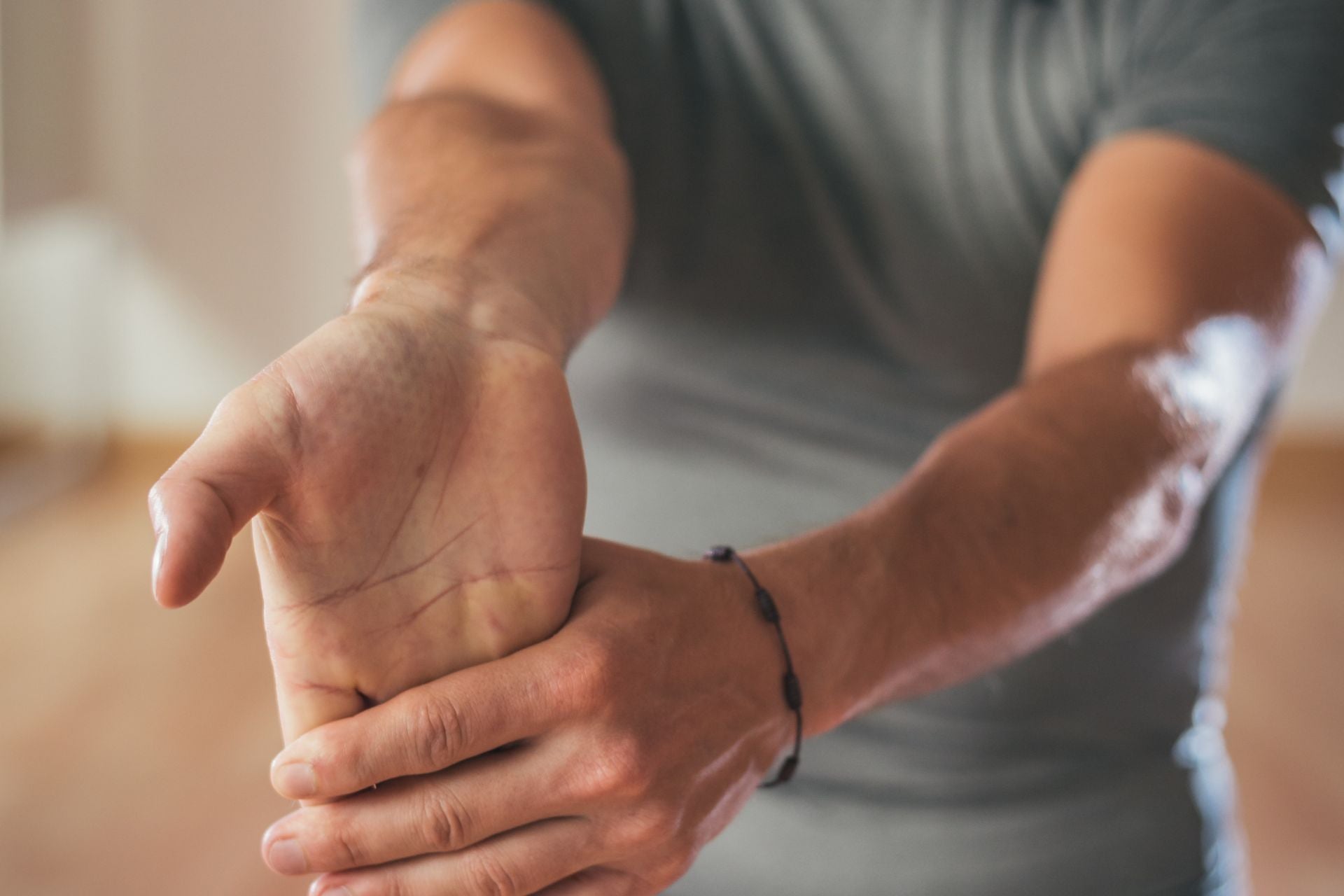General Articles
Train Your Body to Play Better: Essential Exercises for Musicians
Why Musicians Need Physical Exercise
Playing an instrument is not just about mastering technique; it’s also about maintaining the physical condition needed to support hours of practice and performance. Whether you’re strumming a guitar, bowing a violin, or keeping rhythm on the drums, your body is a critical part of your playing. For guitarists and other string players, hand strength, finger independence, posture, and shoulder mobility are crucial. Drummers, meanwhile, benefit from stamina, coordination, and core strength. Integrating targeted physical exercises into your daily or weekly routine can significantly improve your musical performance and reduce the risk of strain or injury.
Stretching Before Practice
Before picking up your guitar or drumsticks, it’s important to stretch. Dynamic stretches help warm up the muscles and improve blood flow, reducing stiffness and increasing flexibility.
For string players, start with:
-
Wrist circles: Extend your arms and rotate your wrists clockwise and counterclockwise.
-
Finger stretches: Gently pull each finger back toward your wrist and hold for a few seconds.
-
Shoulder rolls: Relax your shoulders by rolling them forward and backward 10 times each way.
For drummers:
-
Arm swings: Swing your arms in large circles to loosen the shoulders.
-
Neck stretches: Slowly tilt your head side to side and forward and back to release neck tension.
-
Ankle rotations: Rotate your ankles to prepare for bass drum footwork.
These simple movements prepare your muscles for the repetitive motions involved in playing and help prevent injuries such as tendonitis or carpal tunnel syndrome.
Finger Strengthening and Dexterity Exercises
For guitarists, finger independence and strength are essential. Practicing away from the instrument can help you gain better control and agility.
Rubber band finger extensions: Place a rubber band around all five fingertips and try to stretch it outward. This strengthens the extensor muscles on the back of your hand, balancing out the muscles used for gripping the neck.
Tabletop finger lifts: Place your hand flat on a table and lift each finger one at a time. Repeat 10 times per finger. This improves finger independence.
Grip strengtheners: Use a grip trainer or a tennis ball to build finger and hand strength. Squeeze and hold for a few seconds, then release. Stronger fingers allow for longer playing sessions and better control over string pressure.
Hand coordination drills for drummers
Drumming demands ambidexterity and coordination. You can improve these skills off the kit using simple hand drills.
Stick control exercises: Practice single and double strokes on a practice pad or pillow. Start slow and increase speed while keeping even dynamics.
Rudiment training: Focus on basic drum rudiments like paradiddles, flams, and rolls. Repeating these patterns builds muscle memory, accuracy, and stamina.
Mirror drumming: Practice moving your hands in opposite or mirrored motions. This enhances bilateral coordination, which is key for complex drum fills and rhythms.
Posture and Core Stability for All Musicians
Good posture is essential whether you’re seated with a guitar or behind a drum kit. A strong core supports your spine and allows for freer arm and hand movement.
Planks: Hold a plank position on your elbows or hands for 30 seconds to a minute. This strengthens your entire core, improving balance and stability during long rehearsals.
Bird-dog: From all fours, extend one arm and the opposite leg. Hold for a few seconds and alternate sides. This improves coordination and strengthens back and abdominal muscles.
Wall sits: Lean against a wall with knees bent at 90 degrees and hold for 30 seconds. This builds lower body endurance, particularly useful for drummers who rely on leg strength for pedals.
Shoulder and Back Mobility
String players often experience tension in the shoulders and upper back due to the static positions they hold while playing.
Resistance band shoulder openers: Using a light resistance band, pull the band apart with both arms extended in front of you. This builds shoulder stability and increases flexibility.
Foam rolling: Use a foam roller along your upper back and lats to release muscle knots and improve mobility.
Wall angels: Stand with your back flat against a wall, arms in a "goal post" position. Slowly move your arms up and down while maintaining contact with the wall. This improves shoulder alignment and posture.
Leg and Foot Conditioning for Drummers
Drummers rely heavily on their legs and feet, especially when working the bass drum and hi-hat pedals.
Calf raises: Stand and slowly raise your heels off the ground, then lower back down. This strengthens the calves and improves endurance for foot pedals.
Seated toe taps: Sit in a chair and rapidly tap your toes up and down. This helps with speed and foot control.
Ankle resistance work: Use a resistance band around the foot to perform dorsiflexion and plantarflexion (pulling toes toward and away from your body). Strong ankles allow for better precision and speed.
Breath Control and Relaxation
Though often overlooked, breath control helps with timing, relaxation, and overall focus, especially during long performances or intense practice sessions.
Diaphragmatic breathing: Lie on your back with a hand on your chest and one on your stomach. Breathe deeply through your nose and try to move only your stomach hand. Practice for 5–10 minutes daily.
Box breathing: Inhale for 4 counts, hold for 4, exhale for 4, and hold again for 4. This technique reduces tension and increases concentration.
Relaxation exercises, such as gentle yoga or meditation, can also help musicians reduce performance anxiety and improve body awareness.
Instrument-Specific Movement Drills
Once you’re warmed up and conditioned, instrument-specific movement drills bridge the gap between exercise and playing.
For guitarists:
-
Spider walk: On the fretboard, alternate index and middle fingers across strings in a crawling motion. This builds left-hand coordination and string-switching skills.
-
Chord transitions: Rapidly switch between chords while keeping a relaxed hand posture. This reinforces muscle memory.
For drummers:
-
Foot-hand sync drills: Practice basic grooves with one hand and one foot, then switch combinations. This trains limb independence.
-
Tempo ladders: Start a pattern slowly, gradually increase the tempo, and bring it back down. This teaches control at varying speeds.
Consistency and Rest Matter
Like any physical discipline, regularity is key. Incorporate these exercises into your weekly routine, ideally 10–20 minutes per day. But don’t forget the importance of rest. Overuse injuries are common among musicians, especially in the hands and wrists. Listen to your body and give it time to recover.
Final Thoughts
Mastering your instrument isn’t just about what you do on stage or during lessons. It’s also about how well you care for and prepare your body. With these targeted exercises for string players and drummers, you’ll find increased agility, precision, stamina, and endurance that translate directly into your musical performance.
Looking to upgrade your instrument or find accessories to support your playing? Visit Rhythm Music Shop, serving Markham, Richmond Hill, North York, Scarborough, and the rest of the GTA, for all your music needs.

